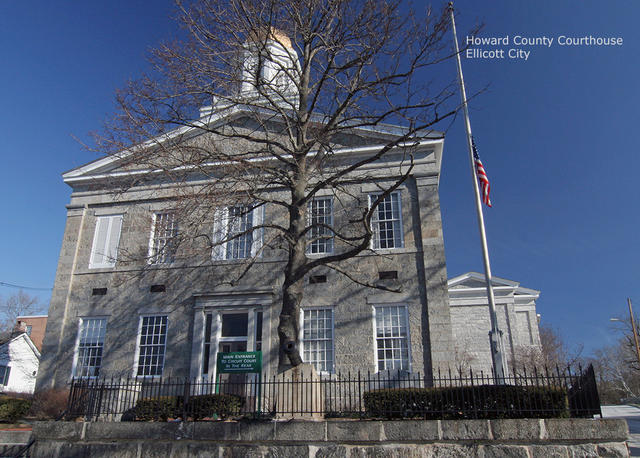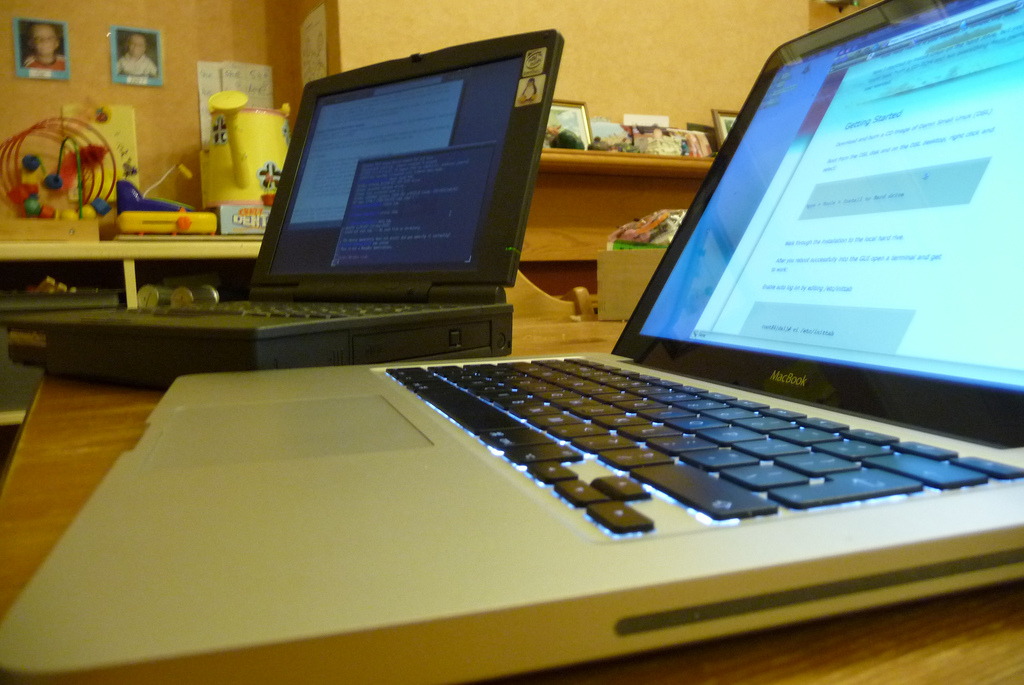By Megan Poinski
Megan@MarylandReporter.com
Maryland needs both job creation and work on its transportation infrastructure, and the two go hand in hand, government, business and industry leaders told legislators on Tuesday
“Job creation is our most pressing need, and studies show infrastructure investments create jobs,” Lt. Gov. Anthony Brown told members of the House Economic Matters, Appropriations and Ways and Means committees.
Brown said that for every $1 billion invested in transportation projects, 18,000 to 30,000 jobs are created.
Gov. Martin O’Malley has been talking about proposing jobs legislation, and Monday he connected it to increased spending on infrastructure. The Blue Ribbon Commission on Maryland Transportation Funding is about to recommend several ways to raise more than $800 million each year, including a 15-cent increase in the gas tax.
On Monday, O’Malley signed an executive order for a 60-day review of state regulations so they can be streamlined to spark job creation.
Billions cut from transportation
Bad economic times have led Maryland to cut its transportation funding by billions in the last several years, Transportation Secretary Beverley Swaim-Staley said. In fiscal 2008, the state invested $6.8 billion in transportation infrastructure, with the intention of continuing to fund it close to that level.
But in FY 2009, state funding levels dropped by $2.1 billion. The current $5.4 billion transportation budget is still $1.4 billion below the 2008 benchmark.
For just repair and maintenance, the state is about $500 million short each year, officials estimate. The Blue Ribbon Commission, formed to make recommendations for new sustainable sources to fund the state’s infrastructure needs, has drafted recommendation to meet that benchmark, plus an extra $350 million for counties and municipalities to do work on their roads.
Swaim-Staley said the department’s annual review of transportation project requests consistently found about $40 billion could not be completed each year.
“This year, they got to $60 billion, and they stopped counting,” she said.
Donald Fry, president and CEO of the Greater Baltimore Committee, said that investing in transportation is something that needs to be done – otherwise the costs will continue to grow. Fry said Maryland has gone too long without making the needed investments.
The state has a 23.5-cent gasoline tax, which has not gone up since 1992. The likely recommendation from the Blue Ribbon Commission would phase in the 15-cent hike over three years. Del. Aruna Miller, D-Montgomery, asked Swaim-Staley how much today’s gas tax might be if the 23.5-cent rate had been indexed to inflation. Swaim-Staley said that she could not be certain, but probably close to 40 cents a gallon.
Difficult choices for counties
Prince George’s County Executive Rushern Baker, Montgomery County Executive Isiah Leggett, and Baltimore City Mayor Stephanie Rawlings-Blake all testified about their transportation needs.
Baker, a former delegate, said that he understands the difficult choices facing the General Assembly to increase transportation funding. However, he said, his county has dipped into its own funds all that it could, and there are no easy options left to bolster transportation funds.
Leggett, who has been eyeing the possibility of diminishing transportation funds for years, called the current situation “a nightmare.” As the recession made the county’s income decrease, the lack of transportation funding from the state further emptied Montgomery County’s coffers.
Rawlings-Blake rattled off several road and bridge projects that she is considering delaying if there is no more transportation money – like cutting the resurfacing budget in half, and suspending sidewalk repairs.
All three officials said it might initially be difficult to convince their constituents that an increase in the gas tax is the right thing to do, but they can easily understand the need. Rawlings-Blake said she hears constituents always talking about roads that need to be repaired. Baker said he has a simpler message.
“If we are going to grow our economy, we need to have the resources to do it,” Baker said.
Transportation helps job growth
Transportation is a huge factor in jobs and economic development, business advocates said.
“These are difficult economic times, but not paying attention to infrastructure will make things worse,” said Jim Dinegar, president and CEO of the Greater Washington Board of Trade.
Fry said that many big businesses make decisions based on transportation availability and infrastructure. A business would not locate in a place that does not have good transportation to move products, and heavy traffic congestion may sap employee morale.
Prince George’s Executive Baker felt the two are closely related.
“For Prince George’s County, these are not transportation projects. These are job projects,” Baker said.
Brown said that while though transportation is important, O’Malley’s jobs bill will be crafted to stimulate all kinds of industries.
“I don’t think it is going to be limited to investment in infrastructure,” Brown said. “We’re going to look at the full options.”







Recent Comments